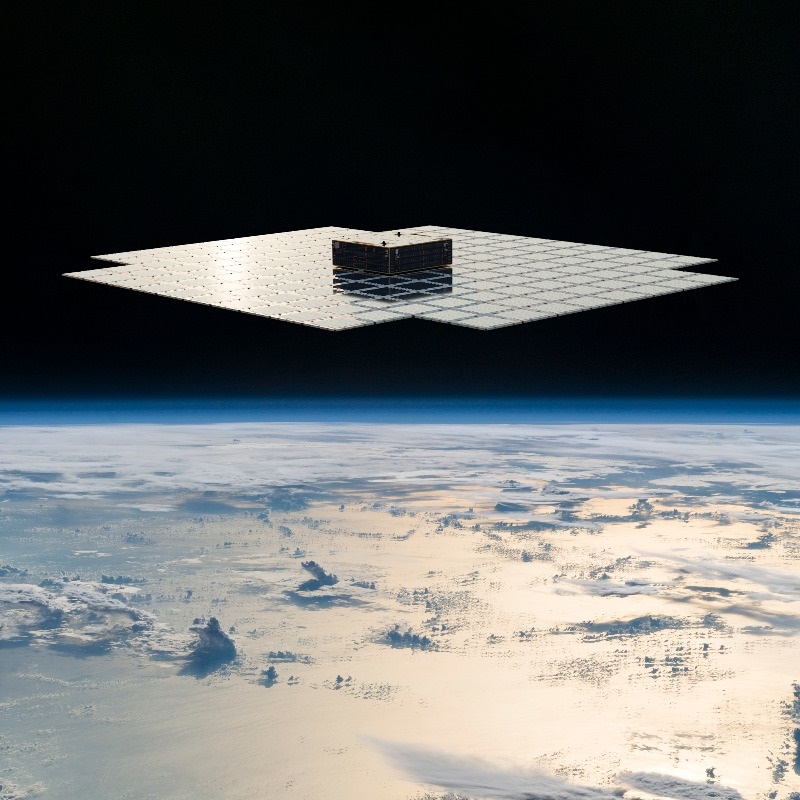After months of waiting, we’re getting our first good looks at a fully deployed BlueWalker-3.
A new high-profile satellite may now be visible in a sky over you. We recently wrote about AST Space Mobile’s new BlueWalker-3 satellite, and its potential to be among the brightest objects in the night sky. Launched on September 10th, 2022 an a SpaceX Falcon-9 rocket along with the Starlink Group 4-2 batch, BlueWalker-3 is the first of the company’s planned mega-constellation of 110 BlueBird satellites set to be deployed by the end of 2024 for worldwide communication.
BlueWalker-3 is so large, that (like the James Webb Space Telescope) it was folded up in the payload fairing for launch. Unfolded, the reflective antenna spans 8 by 8 meters (64 square meters or 689 square feet). Next generation BlueBird satellites are expected to be even larger.

Needless to say, these have the potential of becoming the brightest artificial objects in the night sky, rivaling the International Space Station. Once BlueWalker-3 separated from the Falcon-9 upper stage, the hunt was on, as volunteer ‘satellite spotters’ held vigil to track BlueWalker-3 down. Early observations pre-deployment placed the satellite at magnitude +6 to +8, below the naked eye threshold. Then, on the morning of November 11th, satellite watchers raised the alarm: BlueWalker-3 had finally unfolded and had gotten much brighter, increasing a hundredfold to magnitude +1. That’s not quite into the negative magnitude range of the International Space Station, but still pretty bright… and we haven’t seen just how bright the satellite can get on a good high angle zenith pass.

Worse yet, BlueWalker-3 and its ilk may also have a potential impact across the radio spectrum. The purpose of BlueWalker-3—direct satellite-to-phone communications—may disrupt astronomical radio observations as well.

Satellites Past, Present and Future
Of course, the slow degradation of the night sky due to light pollution is nothing new, though the mounting increase of mega-constellations such as SpaceX’s Starlink have exponentially added to the number of artificial ‘stars’ seen flashing around the night sky. In addition to ASTMobile, OneWeb and Swarm Technologies’ SpaceBee are all actively putting up satellite constellations, with more to come.
As mentioned previous, we have a nuanced view of the whole affair: if direct satellite link allows the user to continue to connect from a tent in the wilderness, that’s a plus… still, a technology with a potential impact on the environment shouldn’t move ahead without oversight. The 2019 statement from the International Astronomical Union (IAU) echoes the same sentiment on the situation.

So what can you do? I’m a firm believer in documenting and what you see, and chronicling the impact satellite constellations are having on the night sky. This sort of light pollution activism can be as simple as watching a satellite pass, comparing its brightness to that of a known fixed star, and posting what you see online.
Upcoming BlueWalker-3 passes start again in a current cycle this weekend on the evening of Saturday, November 19th. The satellite is in a 503 by 519 kilometer orbit, and is cataloged as COSPAR ID 2022-111AL/53807. Heavens-Above has a link to BlueWalker-3 on their front page.
It’s a brave new world, where artificial stars may soon out number real ones in a strange new night sky scene above.

